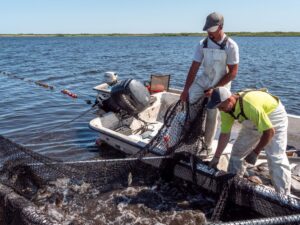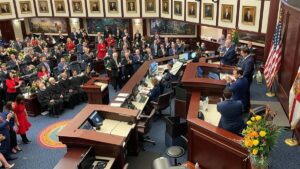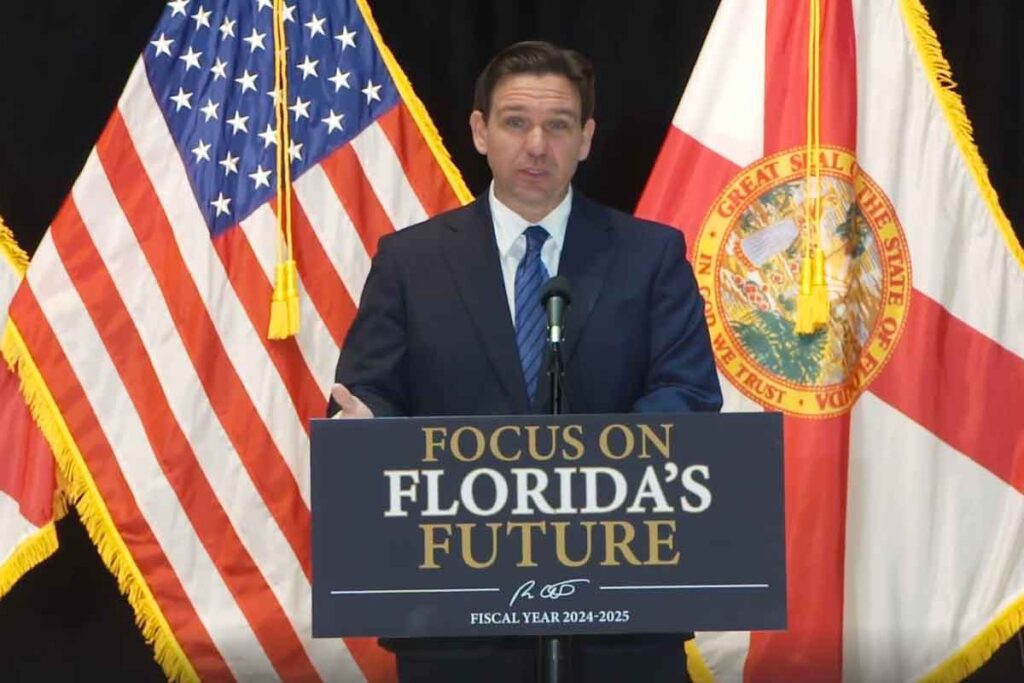
By Leo Cannyn, PMP, P.E., ENV SP
Principal Project Manager
Beryl Engineering & Inspection
Coastal communities in Florida face unique challenges in building resilience against natural disasters. Structural design is critical in ensuring the safety and durability of buildings in this region. There are aspects of designing resilient structures for Florida’s coastal communities, providing engineers with the essential considerations to weather nature’s fury.
Structural Design in Florida
Structural design is a complex undertaking, given the diverse range of natural threats this region faces. When designing for resilience, the foundation begins with the design itself. Structures should be engineered to withstand the forces of nature, such as high winds and seismic activity. For Florida, this means robustly designing buildings to withstand the wrath of hurricanes.
The choice of materials is a critical aspect of resilient structural design. Reinforced concrete and steel are often favored for their strength and durability. Reinforced concrete can withstand high wind loads and resist corrosion from saltwater exposure, making it a prime choice for coastal structures. Steel, on the other hand, provides the necessary flexibility to absorb seismic forces while maintaining structural integrity.
Properly anchoring buildings to their foundations is another vital consideration. Preventing structures from being uprooted or shifted during severe weather events is crucial for maintaining structural integrity. Adequate anchoring certifies that the building remains connected to the foundation.
Overcoming Challenges and Barriers
While resilient structural design is vital, there are challenges and barriers to implementing it effectively. Coastal communities in Florida often struggle with funding and political support for long-term resilience efforts.
- Funding: Building and maintaining resilient infrastructure is a costly endeavor that requires substantial financial resources. While federal grants and disaster relief funding can provide some aid, they are often insufficient to cover the full scope of necessary projects. Coastal communities in Florida may struggle to secure the funds required to invest in the long-term resilience of their infrastructure, especially when they face competing budgetary priorities.
- Political Support: The allocation of resources and policy decisions are interwoven with the political climate. In Florida there can be political divisions on how to address climate change and its associated risks. Some policymakers may prioritize immediate economic concerns over long-term resilience planning, making it difficult to garner the necessary support for comprehensive infrastructure improvements. Political disagreements on the allocation of resources can lead to delays and hinder the development of effective resilience strategies.
Building a resilient infrastructure requires a significant financial commitment, and some regions may find it challenging to allocate the necessary resources.
However, some cities and regions in Florida are taking proactive steps to address these challenges. They are assessing their infrastructure and creating long-term resilience plans. By learning from past disasters and incorporating resilience into urban planning, these regions are better prepared for the future. Structural engineers play a pivotal role in these efforts by designing buildings and infrastructure that can withstand the test of time.
Emerging Technologies in Resilient Design
In recent years, the field of structural engineering has seen significant innovations that are enhancing the resilience of buildings in coastal communities. These innovations are helping engineers design structures that not only withstand natural disasters but also provide safety and comfort for residents.
One of the most exciting frontiers in resilient design is the integration of emerging technologies. Experienced engineers understand that the future of structural engineering lies in the intelligent use of technology to enhance resilience.
Emerging technologies offer several advantages:
- Advanced Monitoring Systems: Deploying advanced sensor networks and IoT (Internet of Things) devices that provide real-time data on structural conditions can enable early warning systems and predictive maintenance.
- AI and Machine Learning: Artificial intelligence and machine learning algorithms can analyze massive datasets and make predictions about potential weaknesses or vulnerabilities in structures.
- Smart Materials: By exploring materials with adaptive properties that can change their characteristics in response to external factors, we can make structures more responsive and durable.
- BIM and Digital Twins: Utilizing Building Information Modeling (BIM) and digital twin technology can create highly detailed virtual models of structures, enabling precise simulations, performance evaluations, and streamlined design.
These emerging technologies are shaping the future of resilient design, enabling engineers to create structures that not only withstand extreme conditions but also adapt to changing environments.
Benefits of Innovations in Resilient Design
The adoption of emerging technologies in resilient structural design offers a multitude of benefits, including:
- Improved safety for residents and reduced property damage during natural disasters.
- Extended building lifespan and reduced maintenance costs.
- Enhanced energy efficiency, leading to reduced operational costs.
- Reduced environmental impact through sustainable and eco-friendly practices.
- Greater adaptability to evolving environmental conditions.
Sustainability and Environmental Impact
In pursuing resilience, it’s essential to consider sustainability and its environmental impact. Building resilient structures should go hand in hand with eco-friendly practices.
Eco-Friendly Practices
- Utilize renewable energy sources, such as solar panels or wind turbines, to power structures and reduce reliance on non-renewable resources.
- Enhance insulation to reduce heating and cooling energy consumption, contributing to cost savings.
- Implement green roofing solutions to improve energy efficiency and reduce stormwater runoff.
- Design buildings with natural ventilation and daylighting to minimize the need for artificial lighting and air conditioning.
- Integrate rainwater harvesting systems to reduce water consumption and conserve this valuable resource.
By adopting eco-friendly practices and integrating emerging technologies, engineers can create resilient structures that not only withstand environmental challenges but also contribute positively to the environment and community.
Final Thoughts
Creating resilient structures is a critical undertaking, demanding a comprehensive approach. Florida’s coastal communities are compelled to adapt and ready themselves for the future, and structural engineers need to stand as active participants in this transformative process. Through an embrace of innovative solutions and the unwavering commitment to long-term resilience, together, we can forge a future that is both safer and more resilient for this unique region.
Leo Cannyn is Principal Project managerat Beryl Engineering & Inspection











